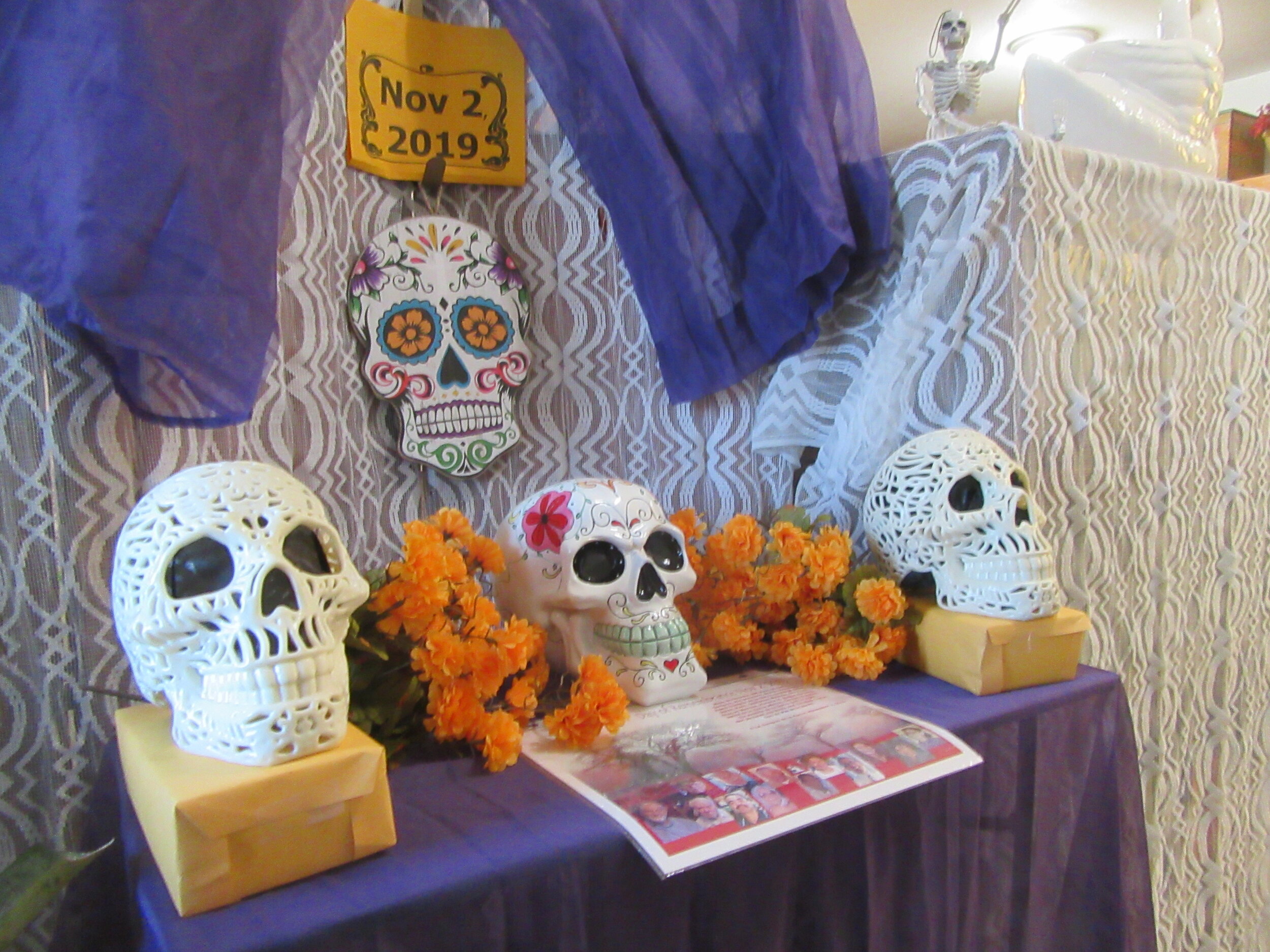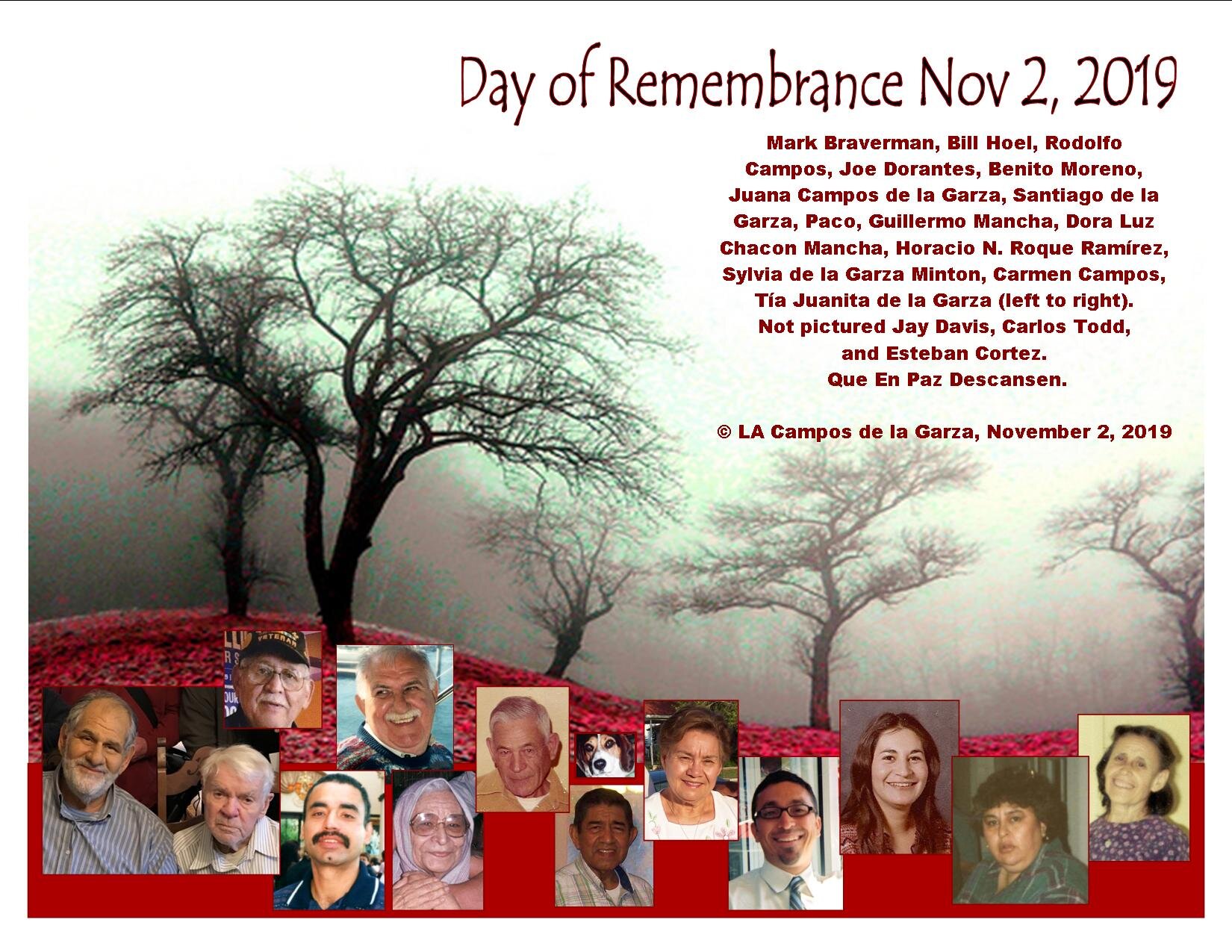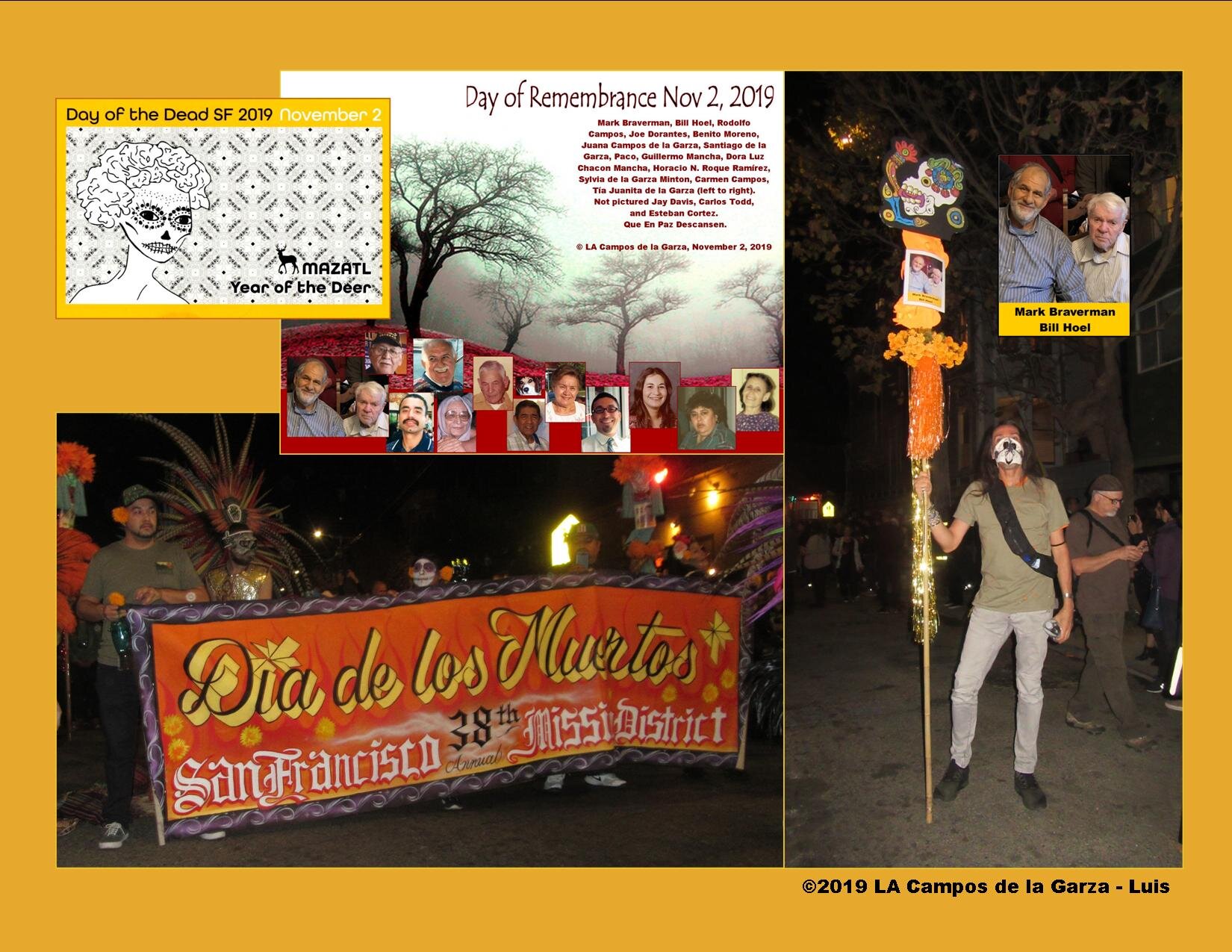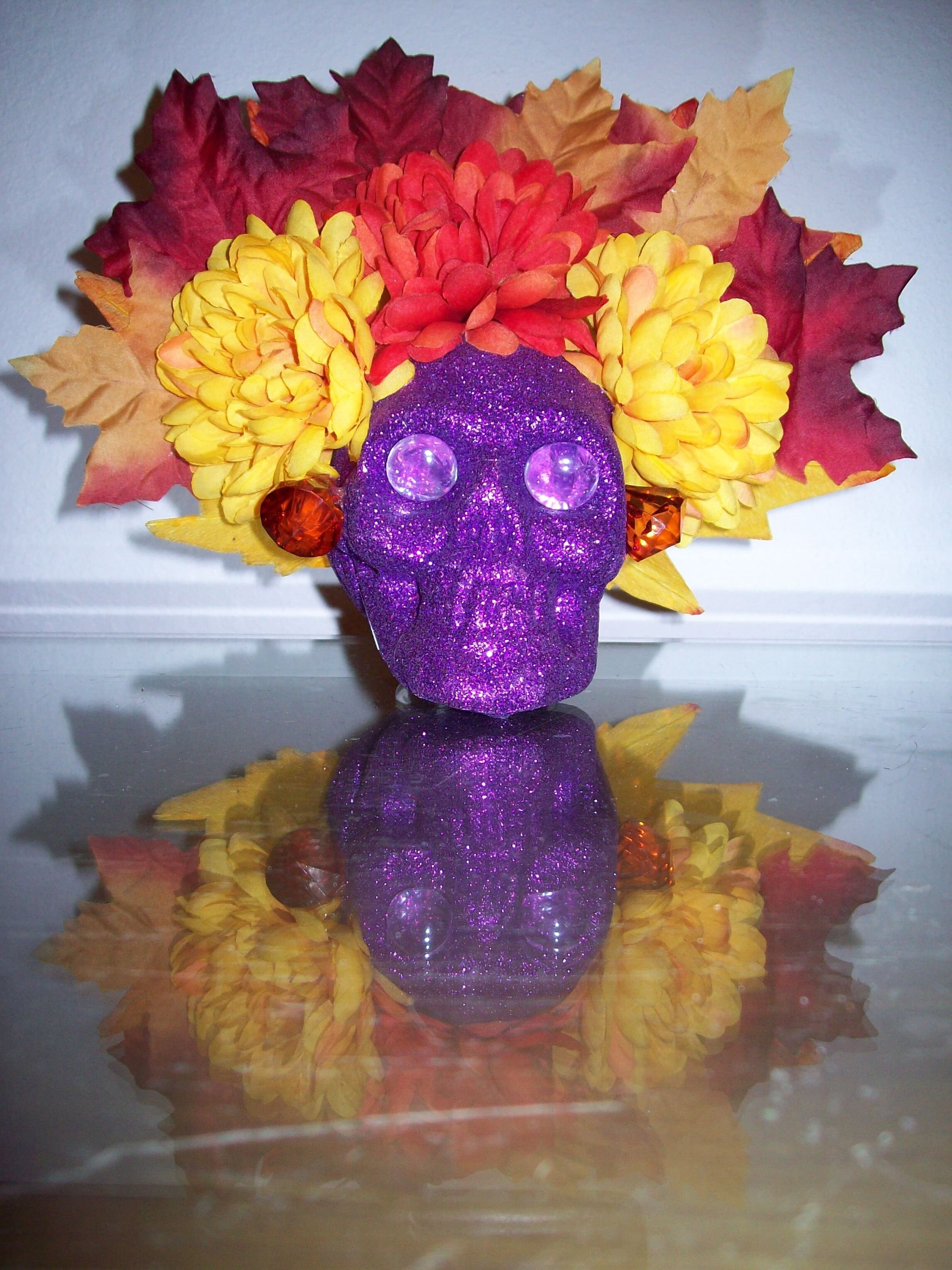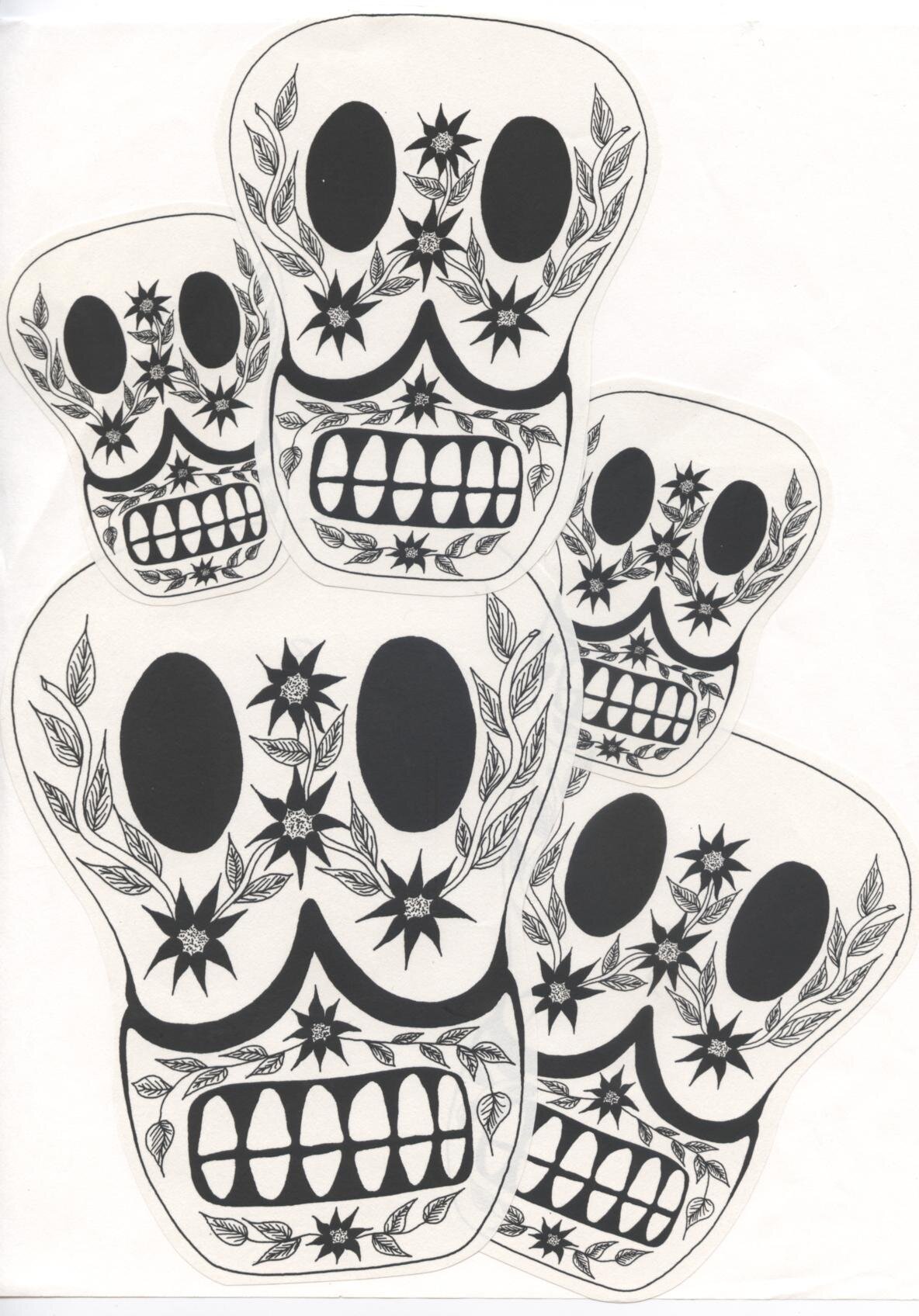Dia de los Muertos: A Day for Those Who’ve Gone Before Me
Written by Luis de la Garza
“Aching to be held by my mother’s arms or those of a lover for comfort and assurance against the uncertainty beyond my front door has become so prevalent. Being a 66-year-old-sheltering-in-place shut-in and experiencing this feeling may surprise some. My emotions swirl grasping for those individuals and times in the past that brought joy into my life but no longer exist ...this incessant vortex of thought and emotion, of life and death, creeps in daily. I long for the day when human contact and socializing becomes the social norm again. ”
A Day for Those Who’ve Gone Before Me
As I age, time passes me at a faster pace. There is more to remember and many more people to remember. The Day of the Dead, celebrated on November 2, is a day for me to pause from daily routines and honor the memory of those that have gone before me and whom I loved and cared for. It is a chance to respond to a world with its tumultuous events and ponder how many more lives that I knew, and didn’t know, graced this earth.
The Day of the Dead is derived from the fusion of Mexico’s history, culture, and expression to commemorate the ancestral dead. Specifically, it comes from Aztec and Catholic beliefs and rituals. Traditionally it centered on family members that had passed on. But like many things today it evolved transculturally, inter-denominationally, and even into American pop culture as represented by Disney’s movie Coco.
“It is my opportunity to be creative and assemble a collection of photos, cempasuchil flowers (marigolds), and small mementos that remind me of the dearly departed such as my father’s metal pocket cigar case and my mother’s small clasped coin purse.”


Works created by Artist Juan Pablo Gutierrez
As has been my custom for years, I scurry around before the date and create an altar in my home. It is my opportunity to be creative and assemble a collection of photos, cempasuchil flowers (marigolds), and small mementos that remind me of the dearly departed such as my father’s metal pocket cigar case and my mother’s small clasped coin purse. I place these objects on a table with a couple of raised levels created from cardboard boxes like an art installation. The assemblage may stay up from 5 days to a week. I am not a practicing Catholic, so there is no prayers nor religious iconography displayed. I also create a page-size collage depicting friends and family that are no longer alive. I give these collages to folks that might have known those depicted in the photos and named in the collage.
Culminating this yearly commemorative practice is my participation in the yearly ritual procession in San Francisco’s Mission District. This year the ritual procession will be virtual and commemorates the dead from police violence, the California fires, and COVID-19. As a member of the Culture Rescue Collective we have organized this procession for four decades.
For the past couple of years Openhouse’s transgender community has also created altars during their meetings for their own transgender dead. Last year my home altar and collage commemorated two Openhouse community members, and dear friends, Mark Braverman and his partner Bill Hoel.
I now realize as I age that going through these actions for the Day of the Dead helps me cope with my grieving process which is never quite over.
Meet the writer!
Luis de la Garza has been writing memoir, fiction, and poetry for six years through the Queer Elders Writing Workshop and the Gray Gay Writers--both programs offered through Openhouse. He is one of four core community members of the Openhouse Leadership Council on Queerness, Race, and Privilege. Luis is proud of his Mexican background and identifies as Chicano.

